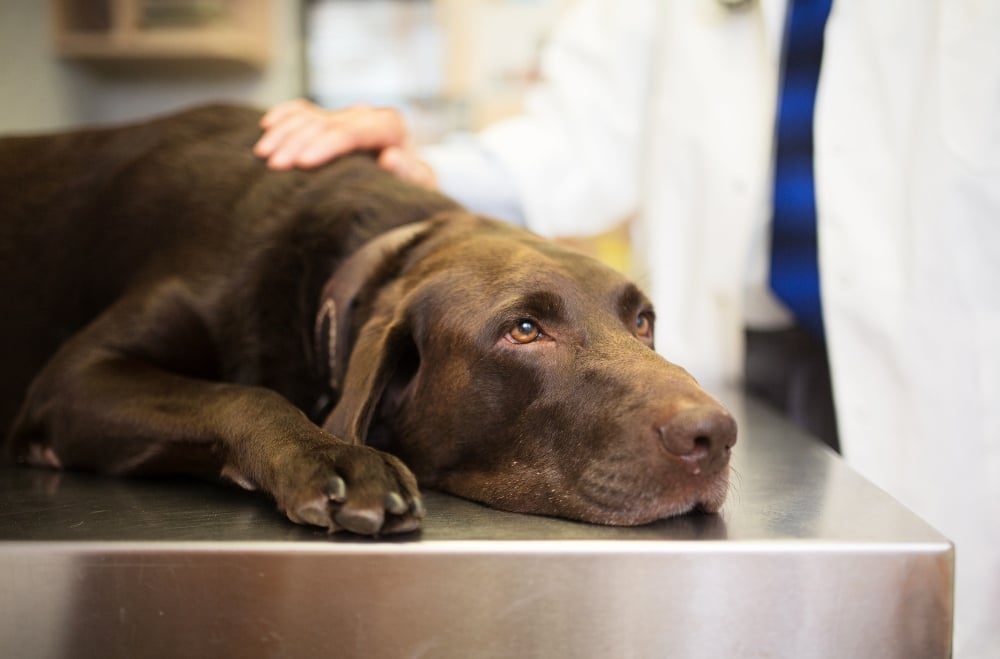Key Takeaways
- Medium-sized dogs are about 20 inches long and 40 to 60 pounds.
- Examples of medium-sized dogs are cocker spaniels, Australian shepherds, and terriers.
- Most medium-sized dogs do not have unusual health problems, but some are prone to genetic conditions.
- Arthritis and dysplasia are common among all sizes of dogs as they get older.
One of the most popular categories for dog breeds, “medium-sized” fits the needs of many pet-seekers. Everything from spaniels to terriers to corgis to Keeshonds fall under the medium umbrella; basically, dogs that average about 20” long and 40-60lbs. The American Kennel Club recommends the Brittany spaniel, bulldog, cocker spaniel, and whippet, whereas Animal Planet mentions the Australian Shepherd and Glen of Imaal Terrier to give you a range, and there are many, many more. The size and breeds are not all one type, either; they vary in temperament, exercise and energy level, and overall health.
Depending on breeding, most medium-sized dogs do not have unusual health problems, unless their genetic line carries a specific trait. For example, English Springer Spaniels may have eye conditions or diseases: retinal dysplasia and progressive retinal atrophy are noted genetic diseases the dog may suffer from, but are still considered rare. (And other medium-sized dogs do have eye conditions you should watch out for). Bulldogs, as sweet as they are, can suffer from many health problems including respiratory and joint issues, and even cardiac events throughout their lives.
In contrast, a breed like the Shiba Inu, which is a healthy, hearty dog with relatively no genetic markers for complications except seasonal allergies. You can see how each individual breed is vastly different in terms of health. An in-depth look at the breed you are interested in (or already own) is absolutely necessary, especially if your pup starts acting funny, like she may be in pain or perhaps disoriented. Preventative medicine can go a long way to keeping your furbaby happy and healthy and can prepare you for the future.
All dogs, regardless of size, can have problems with joints as they age, including arthritis and dysplasia, so keep an eye out for the signs: waddling, “bunny hopping,” difficulty standing and walking, losing balance, and squatting to go to the bathroom. It’s also been noted that canines with hip dysplasia are more likely to suffer from arthritis, specifically in the shoulder from bearing the brunt of movement, so keep an eye out for wonky walking and cringing.
Mixed breeds who are in this middle range of size have relatively few inherited conditions, however, can be susceptible to dysplasia and disease as well, depending on their breed makeup. Age, nutrition, and exercise all play a big role in determining your dog’s health, so while genetic conditions can hinder your pet, try your best to make every day a healthy one.








